#Charles Joseph Bonaparte
Text
American Bonaparte: Napoléon's Great-Nephew in the President's Cabinet

In June 1815, Napoléon Bonaparte’s bid for continued military glory in Europe was crushed by allied British and Prussian troops at the Battle of Waterloo. Following his surrender, the former Emperor of France had hoped that the British might allow him to live the remainder of his life in exile in the United States. However, Napoléon had already escaped exile once before (from the Mediterranean island of Elba) and once again rallied the French around him in a last-ditch effort to conquer the European continent prior to Waterloo. Unwilling to risk another vanishing act, the British instead banished Napoléon to one of the most isolated places in the world – the remote island of Saint Helena, in the middle of the South Atlantic Ocean, between Africa and South Africa – for the rest of his life.
Some of the Bonaparte family did eventually reach the United States, however. In 1905, President Theodore Roosevelt appointed Charles Joseph Bonaparte (1851-1921), the American-born grandson of Napoléon’s youngest brother, Jérôme, as the U.S. Secretary of the Navy. A year later, Roosevelt shifted Bonaparte from the Department of the Navy to the Justice Department. For the rest of Theodore Roosevelt’s Presidency, the great-nephew of the man responsible for the Napoléonic code was the United States Attorney General – America’s top law enforcement official – where he helped establish the Bureau of Investigation, better known today as the FBI.
#History#Napoleon#Napoleon Bonaparte#Battle of Waterloo#Waterloo#France#U.S. Government#Jérôme Bonaparte#Charles Joseph Bonaparte#Theodore Roosevelt#TR#President Roosevelt#Roosevelt Administration#Cabinet#Presidential Cabinets#Cabinet of Theodore Roosevelt#U.S. Attorney General#U.S. Secretary of the Navy#Attorney General#Bonaparte#Bonaparte Family#Executive Branch#Cabinet Secretaries#French History#FBI#FBI History#Federal Bureau of Investigation#DOJ#Department of Justice#Justice Department
32 notes
·
View notes
Text
Sounds fake but true, but it just feels unreal to remember that a Bonaparte founded the organization that would become the FBI in the US...

#(it was Jerome's grandson btw)#not art#nothing of significance ofc 😅#scribblings#historical trivia#american history#sort of#les bonapartes americains#(lmao)#charles joseph bonaparte
4 notes
·
View notes
Text
“The Last Bonaparte”
Interesting article about Charles Joseph Bonaparte (grandson of Betsy Patterson and Jerome Bonaparte). He served in the cabinet of President Theodore Roosevelt as Secretary of the Navy and Attorney General.
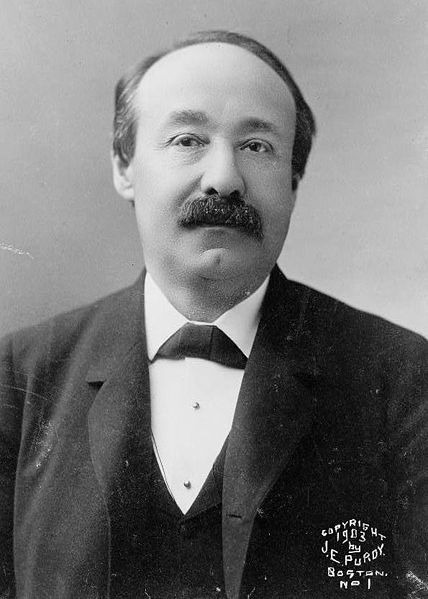
link
13 notes
·
View notes
Text
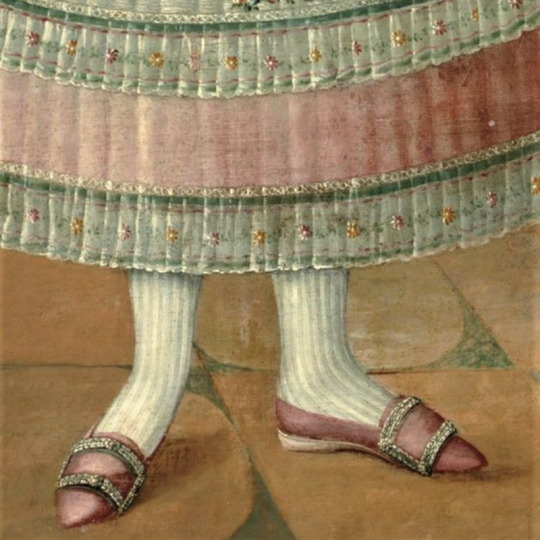



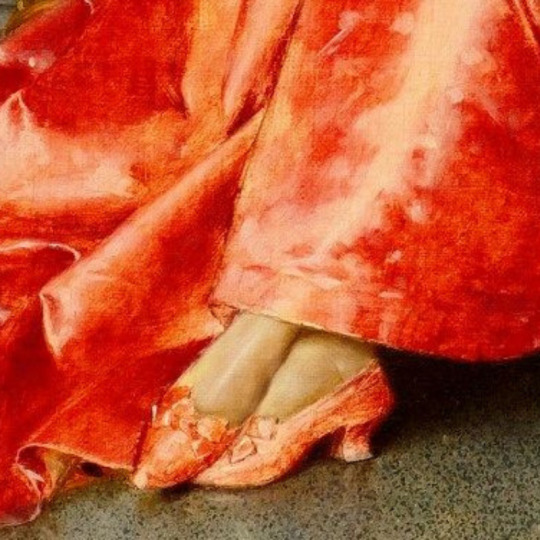

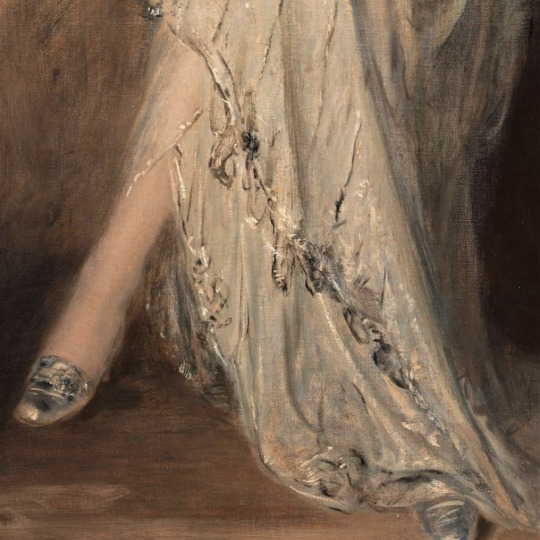


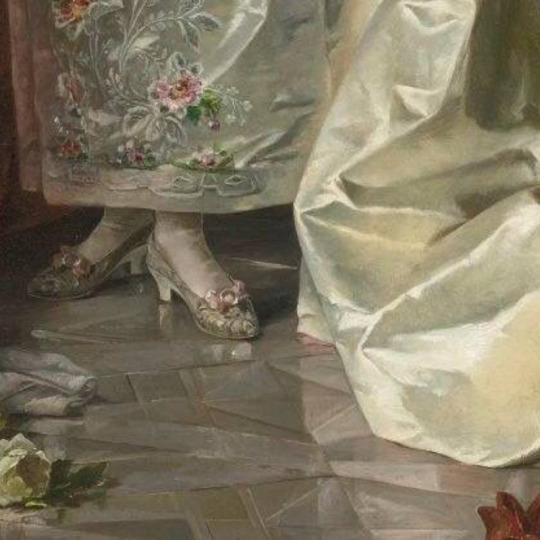


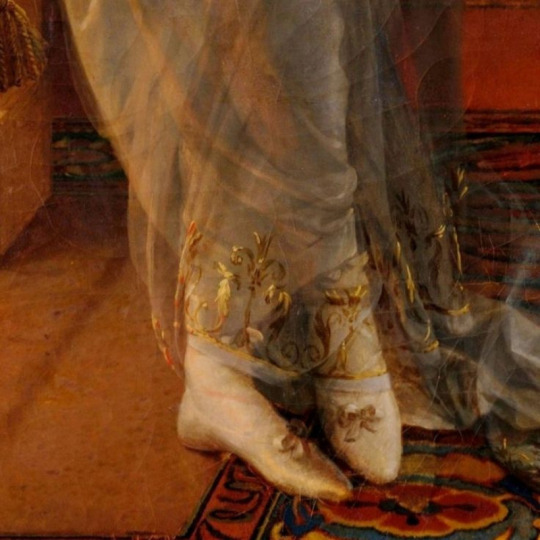
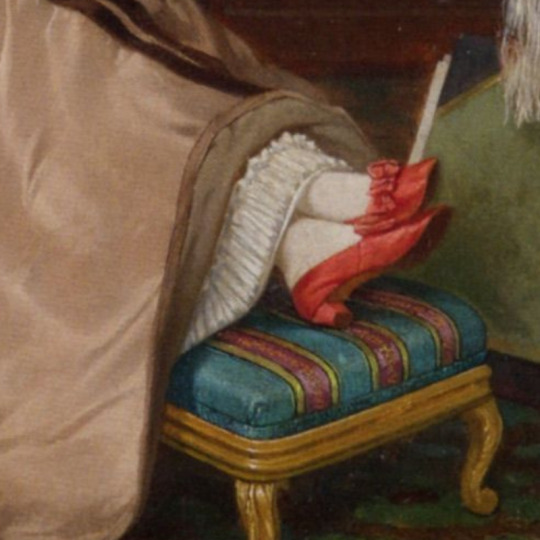



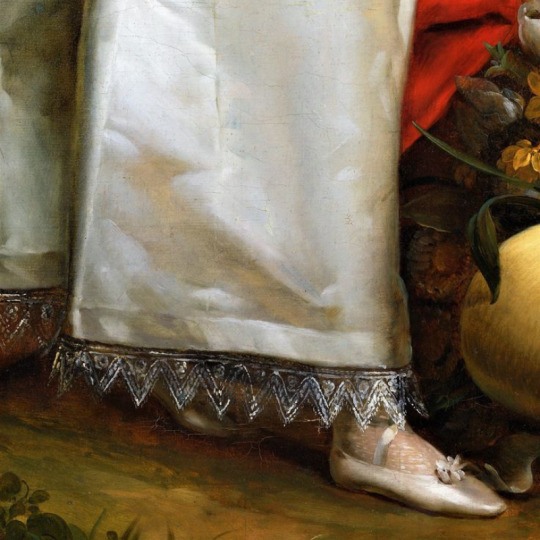





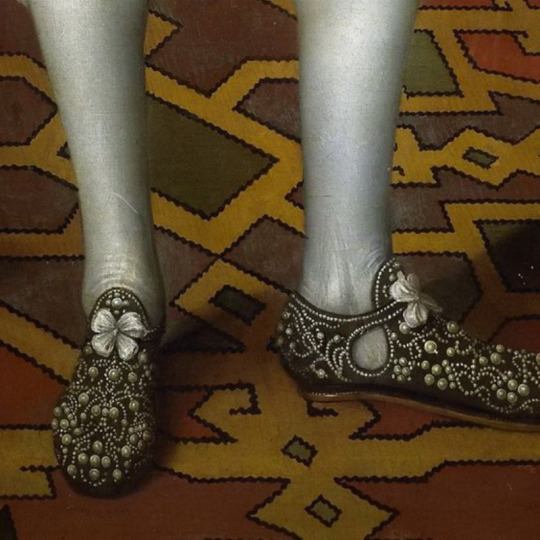




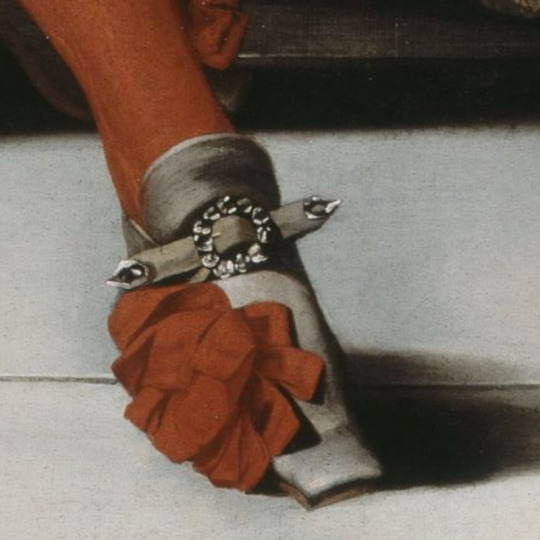

shoes + art
#cant find the artist or title#albert henry collings is the artist#artist is rosales gallina#can't find artist#artist is vittorio reggianini#artist is natale attanasio#portrait of a lady by friedrich august von kaulbach#artist is george-jules victor clarin#no artist couldnt find one#cant find artist-#the delft basin by antoine jean etienne faivre#artist is charles joseph watelet#artist is baron francois gerard#artist is jan frederik pieter portielje#artist is john hoppner#the birthday cake by pancraz korle#cant find artist--#portrait of elisa bonaparte with her daughter napoleona baciocchi by francois gerard#artist is louis rolland trinquesse#ann ford by thomas gainsborough#cant find artist --#cant find artist ---#its portrait of king charles but i cant find the artist#jacob i de inglaterra by john de critz#portrait of richard sackville earl de dorset by william larkin#charles ii of england by simon verelest#portrait of louis xv of france by alexis simon belle#peter courten by salomon mesdach#gerard ter borch self portrait#its a portrait of louis xiv but cant find artist
304 notes
·
View notes
Note
Hello! Where may I find His Majesty the Emperor of Russia?
- @frencheaglet with suitcases and a bunch of presents
...
Is that a child??? Who gave a child ink and paper???
Sorry, dear, but His Imperial Majesty had instructed me to have everyone stay away from his, uh... "residence". He wanted to be alone.
Well, he should be alone, anyway... I was told to stay away as well.
#((lesha is completely clueless about napoleon breaking into alexanders house btw))#paperwork#napoleon francois joseph charles bonaparte
14 notes
·
View notes
Text
From Vial's biography of Marie-Louise, about the question of setting up a regency while Napoleon was at war:
The Constitution of year XII had specifically excluded the empress from power, and envisaged [...], to entrust the reins of the State to a prince of the imperial family. A first experiment, the short regency of Joseph from September to December 1805, not having impressed anyone's spirits much, Napoleon had again called upon Cambaceres.
(emphasis by me)
Gotta love it when historians casually burn Joseph...
15 notes
·
View notes
Text
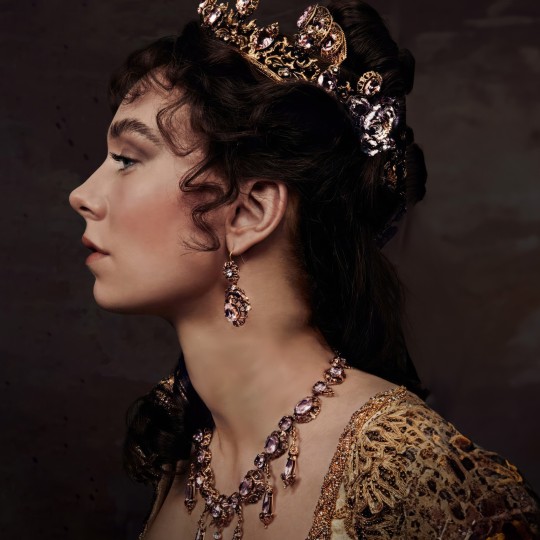
Napoleon (2023)
#2023#film#movie#Napoleon#Ridley Scott#Vanessa Kirby#Josephine Bonaparte#Josephine de Beauharnais#Marie Josephe Rose Tascher de La Pagerie#Joaquin Phoenix#Napoleon Bonaparte#Napoleone di Buonaparte#Jannis Niewohner#Hippolyte Charles#Edouard Philipponnat#Tsar Alexander#Rupert Everett#Duke Of Wellington
11 notes
·
View notes
Text


Napoleon pointing at Bonaparte :)
#Napoleon#napoleon bonaparte#paintings#Meynier#Charles Meynier#Joseph Chabord#1800s#Chabord#napoleonic era#napoleonic#first french empire#french empire#19th century#france#art#art history#french revolution#first consul#the consulate#consulate#history#frev#French art#consul#1st consul#Equestrian Portrait of Napoleon I#1804#1810
17 notes
·
View notes
Text
Night at the Museum: Redesigning Characters (Bonus)
Character profile: Napoléon "Le Petit Caporal" Bonaparte
This character is based off of and takes inspiration from the historical Napoleon Bonaparte.
Real Name: Napoléon Bonaparte
Nickname and Meaning: Le Petit Caporal - A term of affection from his soldiers
Age: 40-41 (Late 1809, early 1810)
Time Period: Napoléonic era frace
Family: Josephine de Beauharnais (ex-wife), Marie Louise (wife)+ seven siblings none of which were brought back besides Louis-Napoléon Bonaparte- his nephew

(Headcanons under the cut)
Based on/taken from History:
Pompous
Very overly confident.
Egotistical. He hasn’t seen his own downfall yet and feels he can win more.
On December 2, 1805, in his greatest victory, he defeated the combined Austrian and Russian armies in the Battle of Austerlitz.
signed treaties that created the Grand Duchy of Warsaw
Late 1809, early 1810, Napoléon’s roughly around 40-41
Still loves Josephine, but planning to divorce.
Upset she wasn’t remade alongside him
From Napoléon's memory, Joseph Bonaparte is king of Spain, but isn’t doing well.
Stupidly cute smile
+ Sensitive
+ Honest
+ Intelligent
- Nepotist
- Aggressive
- Forgets other people have feelings
My own silly headcanons:
Has put on weight, he’s not used to fighting with it.
Napoléon likes to steal pop-it’s and water wigglers from the gift shop. He always has to have something in his hands to fidget with- normally it’s his gloves or a snuff box or taking apart and cleaning his pistol. Now that he has access to modern fidgets, he likes to taking the green ones.
He also really likes clicking mechanical pencils
He loves inventions that make life better in little ways. Canning food was invented in his life (he’s actually the one who offered a prize of 12,000 francs to improve the food preservation methods that existed at the time which led to canned food being invented) but there was no simple way to open the cans. He loves can openers- taking them with the promise of returning them to just take apart and put back together.
If your gossiping, he obviously eavesdrops. Napoléon cans and will butt into your conversation about someone and listen like you’re saying the most interesting thing in the world. If he can’t come over to you, he will do the lead paint stare at you.
Still acts like he’s emperor.
Originally thought the average height of humans gained a lot of height. He was envious up until he learned whoever created his mold got his height wrong and he’s 5’2”, not 5’7”, then, Napoléon was just pisssed off.
He loves to infodump about his victories and will call over his men to help act them out, sneaking small fibs in to make himself look even better than he already does. If you ask him about his losses, you’ll only get a stare in return and a quick “Non”. (Credit @frombottlealleytotheharbor)
“Hey, do you remember [insert battle he lost]? What was it like?”
“…Non.”
“But… weren’t you there?”
He starts walking away. “Non.”
“But—“
“NON!”
He gets into fights with Al because Al is someone who clearly doesn’t respect him. The Capone trio love to tease him - especially Frank and Al. Ralph watches with a grin, which is somehow even more infuriating to Napoléon.
Sometimes getting out of his box, he looks like a well-loved stuffed animal. It takes him a moment to get himself together.
Loves watching true crime and reality TV shows. Isn’t the biggest fan of Horror movies.
Somehow got his hands on a cigarette, absolutely died after one puff. Napoléon threw it onto the ground and stomped off coughing, vowing to never do it again.
He’s so very envious that Al and Ralph had even a bit of time with their sons while they were alive. François Charles was born after the time he was made, and it makes Napoléon feel so homesick and want his kid- one that he doesn’t even know. He absolutely adores Louis Napoleon, who he only met a few times.
Loves ABBA, originally he disliked, but he's grown to like it now that he knows the meaning
I gave him his Laurel wreath just because I thought they were cool and also to show that he's still very pompous and full of himself.
Unfortunately no doodles, I haven't had time!

Étienne Champenois belongs to @lidensword and Gustave Bréant belongs to @all-yn-oween
Frank, Al, Ralph
#NATM#natm au#night at the museum ocs#night at the museum#Night at the museum 2#Night at the museum battle of the Smithsonian#NATM 2#napoleon bonaparte natm#napoleon natm#Bonaparte natm#Napoleon fanart#Frosty's art#Apr. 3#2024#Apr. 2024#I'm in the airport leaving Chicago now#well... Im stuck in the airport#I've been here for 2 hours and I have to wait around another four#I've been delayed three times#I'm also working on Al now I wasn't able to finish him by today so heres Napoleon#I was originally saving him for last#Also Im really sorry if I got anything wrong#Napoleon isnt my main guy so I know less about him
75 notes
·
View notes
Text


The Life of Joan of Arc – Jules-Eugène Lenepveu // Louis XIV at the Taking of Besancon – Adam Frans van der Meulen // William III of England – Jan Wyck // Infant-Cardinal Don Fernando of Austria on Horseback – Gaspar de Crayer // Portrait of Johan Wolphert van Brederode – School of Thomas de Keyser // Equestrian Portrait of Philippe de France – Pierre Mignard // Karl XI, King of Sweden – David Klöcker Ehrenstrahl // Equestrian Portrait of Louis XIV – René-Antoine Houasse // Equestrian Portrait of Charles XI of Sweden – David Klöcker Ehrenstrahl // Herzog Karl V. von Lothringen – unknown artist // King Charles XI of Sweden Riding a Horse – David Klöcker Ehrenstrahl // Louis-Philippe, Duc d’Orleans, Saluting His Army on the Battlefield – Alexander Roslin // Equestrian Portrait of Philip IV – Diego Velázquez // Jérôme Bonaparte, King of Westphalia – Antoine-Jean Gros // Equestrian Portrait of King George II – Joseph Highmore // Equestrian Portrait of William II, Prince of Orange – Anselm van Hulle // Equestrian Portrait of King William III – Jan Wyck // Guy On A Horse – Maisie Peters
#as soon as i heard maisie reference joan of arc you know i had to make an edit for it#also i heard this song and immediately thought “lmao all those thousands of equestrian portraits”#they truly are all just a guy on a horse#joan of arc#jeanne d'arc#saint joan of arc#equestrian portrait#equestrian portraiture#guy on a horse#the good witch#the good witch maisie peters#maisie peters the good witch#tgw maisie peters#tgw#maisie peters tgw#the good witch deluxe#maisie peters#art#art history#lyrics#lyric art
107 notes
·
View notes
Photo

Napoleon's Spanish War
“Atlas histórico de España”, Enrique Martínez Ruiz, Consuelo Maqueda Abreu, Emilio de Diego, Ediciones Istmo, 2016
by cartesdhistoire
For Napoleon, the Iberian Peninsula was a weak link in the southern flank of the continental blockade. In 1807, he sent Junot to occupy Portugal, where smuggling of British products was developing on a large scale. The presence of French garrisons on Spanish territory exacerbated the dynastic crisis which undermined power, torn between King Charles IV, Prime Minister Godoy and Infante Ferdinand. Napoleon deposes the Bourbons, exiled in France and replaced by Joseph Bonaparte. A popular riot broke out in Madrid on May 2, 1808, followed by fierce repression on the 3rd. The country was set ablaze, resistance was organized by politico-military juntas. French troops were defeated at Bailén, in Andalusia, in July 1808. Napoleon had to strip the eastern front to undertake costly reconquest operations.
In the years that followed, Spain became a gigantic battlefield. Spanish resistance is composite; a strong Catholic component gave the conflict the appearance of a crusade, while the politicians were divided between dynastic loyalty to the “legitimate” king, Ferdinand VII, and liberal aspirations which were expressed in the Constitution of Cádiz of 1812. The supporters of “Intruder king”, the “josefinos”, are isolated and only provide a semblance of authority under the cover of powerful military governors, Soult in the south, Suchet in the north. The French and their allies know how to play on the divisions of their adversaries, the liberals wary of the bands of partisans often supervised by priests and fanatically devoted to Ferdinand, whose absolutist tendencies are a mystery to no one.
It was the English expeditionary force commanded by Lord Wellesley, Duke of Wellington, hostile to the people's war, which ultimately decided the balance of power. In June 1813, the French army was crushed in Vitoria and had to evacuate the peninsula.
56 notes
·
View notes
Text
The updated list of nominees so far:
France:
Jean Lannes
Josephine de Beauharnais
Thérésa Tallien
Jean-Andoche Junot
Joseph Fouché
Charles Maurice de Talleyrand
Joachim Murat
Michel Ney
Jean-Baptiste Bernadotte (Charles XIV of Sweden)
Louis-Francois Lejeune
Pierre Jacques Étienne Cambrinne
Napoleon I
Marshal Louis-Gabriel Suchet
Jacques de Trobriand
Jean de dieu soult.
François-Étienne-Christophe Kellermann
Louis Davout
Pauline Bonaparte, Duchess of Guastalla
Eugène de Beauharnais
Jean-Baptiste Bessières
Antoine-Jean Gros
Jérôme Bonaparte
Andre Masséna
England:
Richard Sharpe (The Sharpe Series)
Tom Pullings (Master and Commander)
Arthur Wellesley, 1st Duke of Wellington
Jonathan Strange (Jonathan Strange & Mr. Norrell)
Captain Jack Aubrey (Aubrey/Maturin books)
Horatio Hornblower (the Hornblower Books)
William Laurence (The Temeraire Series)
Austria:
Klemens von Metternich
Friedrich Bianchi, Duke of Casalanza
Franz I/II
Archduke Karl
Marie Louise
Poland:
Wincenty Krasiński
Józef Antoni Poniatowski
Józef Zajączek
Maria Walewska
Russia:
Alexander I Pavlovich
Alexander Andreevich Durov
Prince Andrei (War and Peace)
Pyotr Bagration
Mikhail Miloradovich
Levin August von Bennigsen
Prussia:
Louise von Mecklenburg-Strelitz
Gebard von Blücher
Carl von Clausewitz
Frederick William III
Gerhard von Scharnhorst
Louis Ferdinand of Prussia
Friederike of Mecklenburg-Strelitz
The Netherlands:
Ida St Elme
Wiliam, Prince of Orange
The Papal States:
Pius VII
#napoleonic sexyman tournament#there is something mildly funny about the English being overwhelmingly fictional Englishmen#and Wellington
54 notes
·
View notes
Text

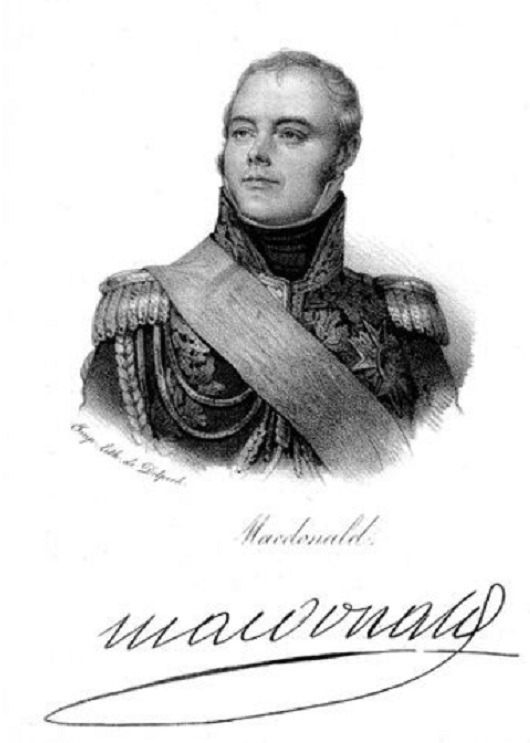
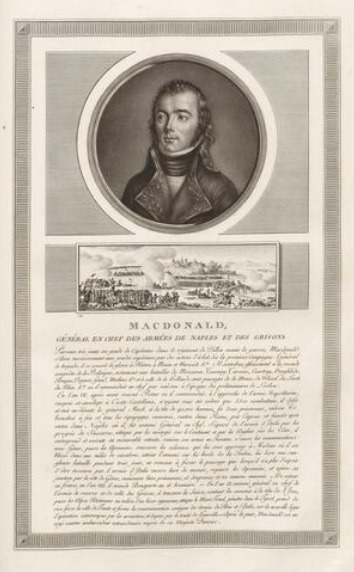
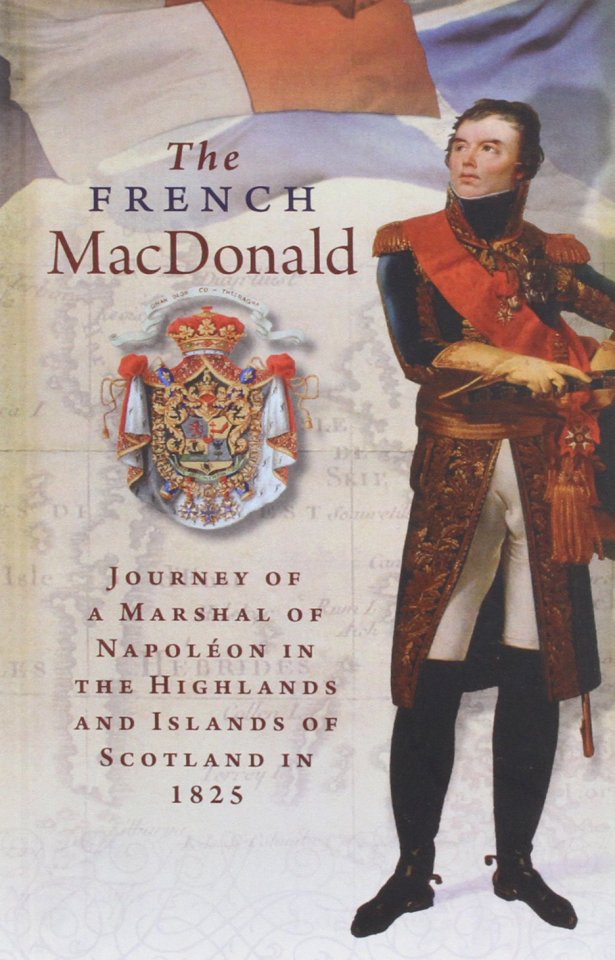
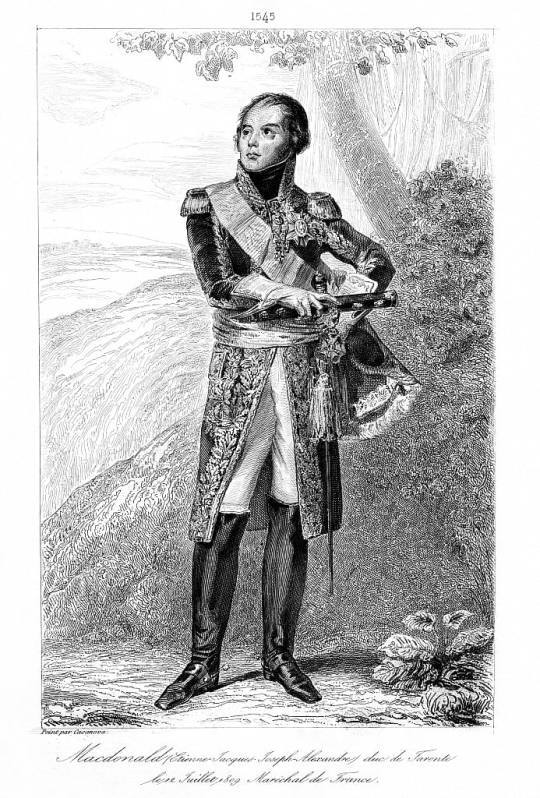
17th November 1765 saw the birth of Étienne Jacques Joseph Alexandre MacDonald at Sedan France.
The French MacDonald, as he is sometimes known, followed in a long tradition of Scots serving in the army of France, although the vast majority were Royalist it is inevitable I would stumble upon a Republican sooner or later.
Étienne was the son of Neil MacDonald, a Jacobite who played a key role in Charles Edward Stuart's escape following his defeat at Culloden in 1746 and also fled, living the rest of his life in exile in France.
A close comrade of Napoleon during his wars around Europe and against the British, this was at a time many Scots regiments were fighting in the European theatre of war, and of course, as mentioned in my post on Saturday, the Scots marched with the instrument of war, the bagpipes. It is with this in mind I found an interesting anecdote that Napoleon Bonaparte dared not let Étienne MacDonald within the sound of bagpipes, lest he defect and join the British. Étienne Jacques Joseph Alexandre MacDonald became a highly regarded military officer and following Napoleon's defeat he became a minister in the French government, a Peer of the Realm and was elevated to Arch-Chancellor of the order of the Legion d'Honneur. His statue stands on the side of the Louvre, his name is inscribed on the Arc de Triomphe and one of the boulevards of Paris was named after him.
Marshall MacDonald visited his fathers birthplace on South Uist in 1825, he returned to France with soil from the land at Howbeg. It was buried with him when he died.
When he died in 1840 at the age of 70 he was given a state funeral and buried in the Pere Lachaise cemetery in Paris. Pere Lachaise is where the great and good of early nineteenth century Paris were buried. 14 of Napoleon's 26 Marshals are buried there.
Find out more about him here http://www.historyofwar.org/.../people_macdonald_marshal...
30 notes
·
View notes
Text





La Peregrina, A Queen Among Jewels
Pear-shaped and weighing in at a magnificent 223.8 grains of 55.95 carats, Phillip II of Spain's wedding gift surpassed every fantasy his bride, the newly crowned Mary I of England, could have imagined. Baptized La Peregrina (an expression from the groom's native language meaning "female wanderer"), the brilliant pearl was delivered directly to the queen, its priceless value reflecting the inestimable importance that a marriage treaty between England and Spain represented at the time.
Found on the coast of Panama in 1513 by an African slave, the pearl went down in history as a fine adornment much appreciated by royalty. In her well-known official portrait of 1554, Mary is depicted adorned with her wedding present, dangling from a bejeweled brooch on her chest. Queen Margaret, wife of Phillip III of Spain, wore it during celebrations of a peace treaty with the English in 1605. Two of the wives of Phillip IV of Portugal and Spain also had the privilege of wearing it — but the jewel would still pilgrimage through Europe and the world, and would end up not just under the possession of princesses and queens, but of other distinguished personalities.
After the end of the 16th and 17th centuries, La Peregrina would be mentioned in the annals of history again only in 1813, when Joseph, brother of Napoleon Bonaparte, filched it along with a significant part of the Spanish Crown Jewels, in his flight from Spain back to France. After the fall of Napoleon in 1815, the pearl's new owner moved to the United States, where he would eventually die and leave it to his nephew, Charles Louis, the future Napoleon III. During his own exile, this time in England, the descendant of the Emperor of the French sold it to the second Duke of Abercorn, and it was actually during this period that the family heirloom received its infamous name.
The pearl would remain in the Abercorn family for a century, being briefly lost by falling from its setting twice — first, disappearing between the cushions of a sofa in Windsor Castle; then, during a ball at Buckingham Palace. Fortunately, La Peregrina was found and returned to her owners in both occasions.
In 1913 the jewel was cleaned and polished, and as a result, lost approximately 203 grams. Yet it still remains today the largest symmetrical pearl of its shape, and in 1969, after being auctioned at Sotheby's, it once again became a husband's gift to his wife. Richard Burton bought it for $37,000 for his wife, the iconic actress Elizabeth Taylor.
Interestingly enough, Taylor decided to adorn her gift with a completely new design, one inspired by none other than the regal portrait of Mary I. Other smaller pearls, emeralds and rubies completed the piece, centering around the glorious Peregrina, now displayed as a Tudor styled choker.
#tudor history#tudor queens#tudor dynasty#history#culture#tudor era#mary i of england#mary tudor#elizabeth taylor#tudorqueens#history facts#queen mary i
46 notes
·
View notes
Text
Napoleon collecting dudes named Jean like they're pokemon

551 guys named Jean, 319 guys named Louis, 163 Charleses, 291 Josephs, 152 Jacqueses & 256 Pierres
Jean, Louis, Charles, Joseph, Jacques, Pierre. Long ago the 6 nations lived in harmony. Then, everything changed when the Jean nation attacked. Only Napoleon Bonaparte, master of all six elements, could stop them, but when the world needed him most, he was exiled
#the more i stay awake the worse my sense of humor gets#napoleonic#i think this qualifies as a shit post#it's pretty shitty#shitpost#napoleonic shitpost
27 notes
·
View notes
Photo

Napoleon II, styled King of Rome, later Duke of Reichstadt, by Thomas Lawrence, 1818-1819
Napoleon’s only legitimate child, Napoleon François Charles Joseph Bonaparte, was born at the Tuileries Palace on March 20, 1811, to all the splendor of the French Imperial Court. His birth was a touch-and-go affair. The doctor feared that either Napoleon’s wife, Marie Louise, or the baby might die. Napoleon said he would have preferred being at a battle.
The baby was given the title of King of Rome. He was later known as Napoleon II, the Prince of Parma, and the Duke of Reichstadt. He did not hold all of those titles at the same time, and you can tell whether someone was a supporter of Napoleon based on how they referred to the boy after 1815. His nickname was l’Aiglon, or the Eaglet (one of Napoleon’s symbols was the eagle).
He led a short, sad life, living in exile from France and dying of tuberculosis at the age of 21. For details, see “Napoleon II: Napoleon’s Son, the King of Rome.”
39 notes
·
View notes